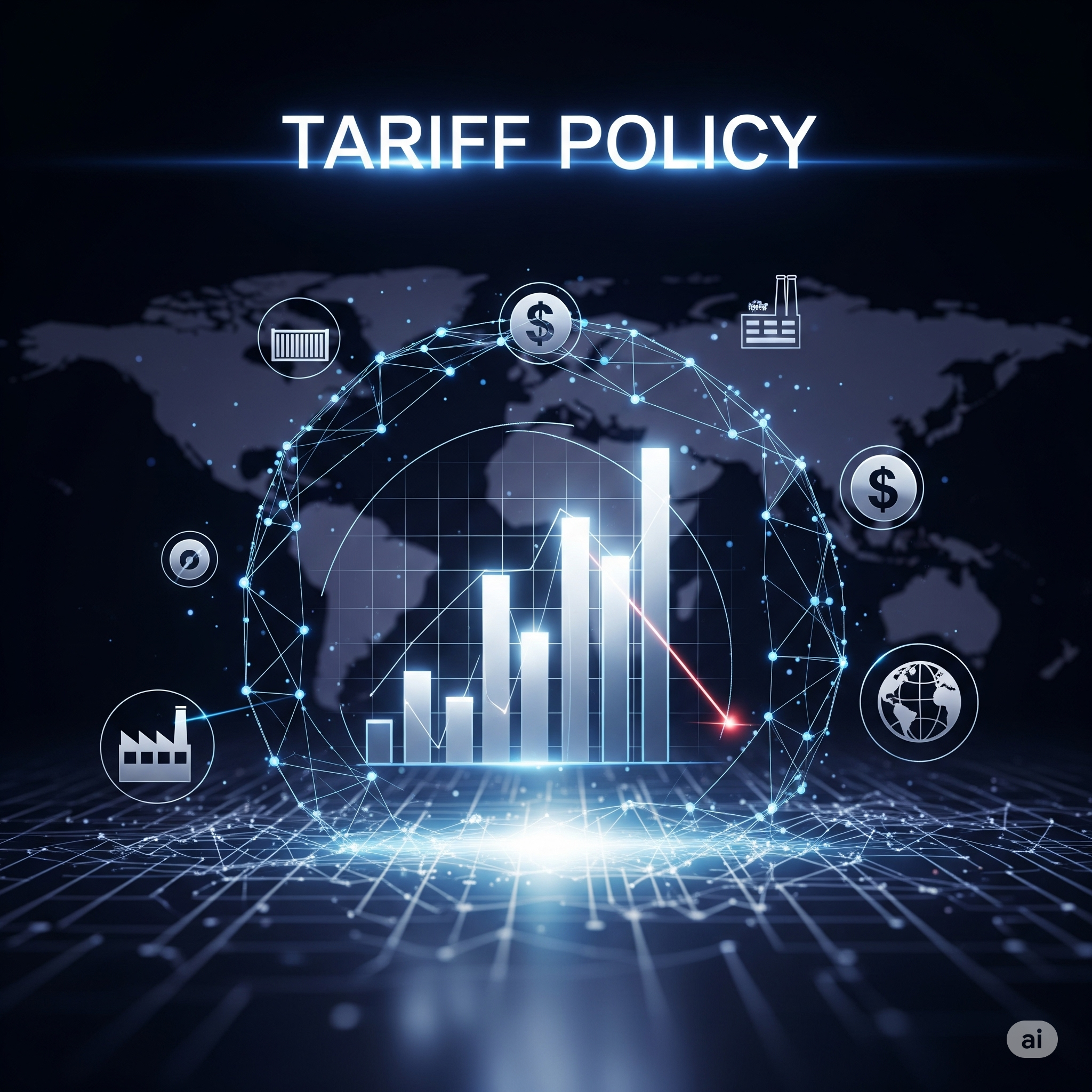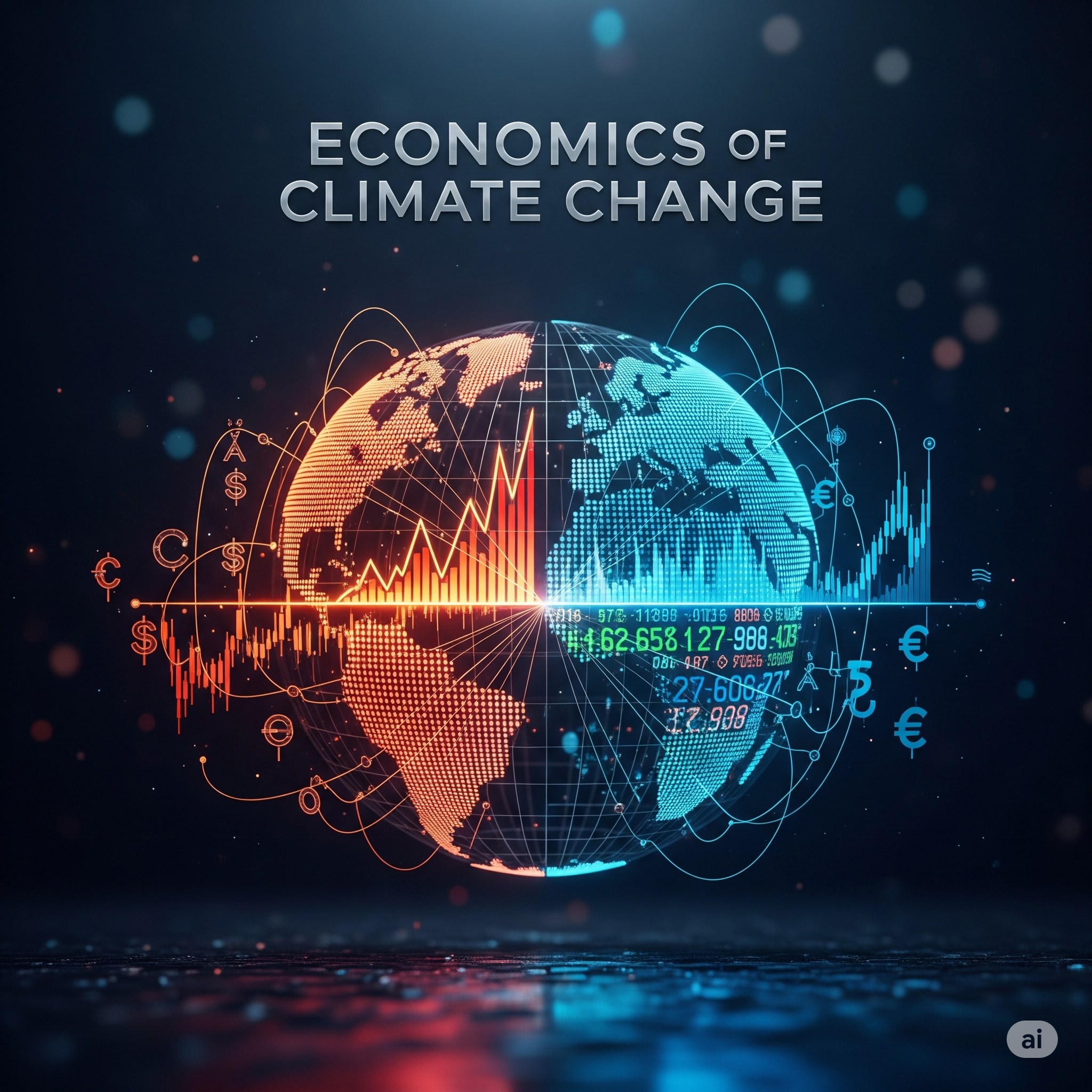Introduction
Trade has always been at the heart of international economic relations. Over centuries, nations have imposed tariffs to protect their industries, raise revenue, and influence global markets. In the modern era, tariffs are often viewed not just as economic tools but also as political weapons. When Donald J. Trump became the 45th President of the United States in 2017, he introduced a new era of aggressive trade policies, marked by protectionist measures and a strong focus on tariffs. His administration justified this strategy under the banner of “America First,” aiming to restore American manufacturing strength and reduce dependency on foreign economies.
The imposition of tariffs by Trump—especially on China, the European Union, Canada, Mexico, and India—sparked a global debate. Was this a genuine attempt to protect American workers, or was it a political strategy to assert U.S. dominance in international trade negotiations? More importantly, how did this policy affect different economies, including India?
This article explores the main motives behind Trump’s tariff strategy, identifies the sectors and countries that suffered the most, examines India’s role, and analyzes the broader impact of tariffs on India’s economy and trade policy.
Understanding Tariffs
Before analyzing Trump’s motives, it is essential to understand the concept of tariffs:
- Tariffs Defined: A tariff is a tax imposed by one country on goods and services imported from another.
- Types of Tariffs:
- Ad Valorem Tariff: A percentage of the product’s value.
- Specific Tariff: A fixed amount per unit.
- Purpose of Tariffs: To raise government revenue, protect domestic industries from foreign competition, and act as leverage in trade negotiations.
In the 21st century, tariffs are less about raising revenue and more about protectionism and geopolitics.
Trump’s Main Motives Behind Increasing Tariffs
Trump’s tariff policy cannot be explained through a single motive—it was a combination of economic, political, and strategic considerations.
1. Reviving American Manufacturing
One of Trump’s core campaign promises was to bring back jobs that had been outsourced to other countries. The U.S. had seen a decline in its manufacturing sector due to globalization, where industries shifted production to countries like China, Mexico, and Vietnam for cheaper labor and resources. By imposing tariffs, Trump aimed to:
- Make foreign imports costlier.
- Encourage companies to produce domestically.
- Create jobs for American workers.
2. Reducing Trade Deficits
The U.S. trade deficit—particularly with China—was a major concern for Trump. In 2018, the U.S. trade deficit with China exceeded $375 billion. Trump argued that such deficits weakened the U.S. economy. His solution was tariffs that would discourage excessive imports and push foreign countries to buy more American goods.
3. Challenging China’s Economic Rise
China was the primary target of Trump’s tariffs. The motives here were not just economic but also geopolitical:
- To curb China’s dominance in global manufacturing.
- To counter China’s technological ambitions, such as Made in China 2025.
- To address intellectual property theft and forced technology transfers by Chinese firms.
By increasing tariffs on Chinese goods, Trump hoped to slow down China’s rise as a superpower.
4. Political Strategy and Domestic Popularity
Trump’s tariff war was also a political strategy to consolidate his voter base:
- Blue-collar workers in manufacturing states like Michigan, Ohio, and Pennsylvania largely supported protectionist policies.
- Presenting himself as a defender of American workers helped Trump strengthen his political identity.
5. Negotiating Leverage
Trump often described himself as a master negotiator. By raising tariffs, he created pressure on other countries to renegotiate trade agreements. For example:
- The U.S.-Mexico-Canada Agreement (USMCA) replaced NAFTA under Trump’s push.
- Trade partners like Japan and South Korea entered into new trade talks with Washington.
Thus, tariffs became a bargaining chip rather than just an economic tool.
Who Suffered from Trump’s Tariffs?
While Trump justified tariffs as beneficial for the U.S., their impact was not one-sided. Several groups suffered economically both within and outside the U.S.
1. American Consumers
- Tariffs raised the cost of imported goods, especially electronics, clothing, automobiles, and everyday household items.
- U.S. households effectively paid higher prices, which acted as a hidden tax.
2. American Businesses
- Many U.S. industries relied on global supply chains.
- Higher tariffs on Chinese components increased production costs.
- Farmers, in particular, suffered when China retaliated by imposing tariffs on American soybeans, pork, and other agricultural exports.
3. Chinese Exporters
- China faced reduced access to the American market, especially in electronics, steel, and consumer goods.
- The slowdown in exports forced China to look for alternative markets.
4. Other U.S. Allies
- The European Union, Canada, and Mexico also faced tariffs on steel and aluminum.
- These countries retaliated with tariffs on American goods such as Harley-Davidson motorcycles, bourbon whiskey, and farm products.
5. Global Economy
- Tariffs disrupted global trade flows, creating uncertainty in markets.
- The International Monetary Fund (IMF) warned that the trade war could reduce global GDP growth.
Role of India in Trump’s Tariff Strategy
India was not the main target of Trump’s tariff war, but it did come under scrutiny. The U.S. and India have long had a complicated trade relationship, marked by disputes over market access and tariffs.
1. Withdrawal of GSP (Generalized System of Preferences)
In 2019, the Trump administration removed India from the GSP program, which allowed duty-free exports of certain Indian goods to the U.S.
- This impacted sectors like textiles, gems, jewelry, and auto parts.
- India was the largest beneficiary of GSP, exporting nearly $6 billion worth of goods under the scheme.
2. Tariffs on Indian Products
The U.S. imposed tariffs on certain Indian steel and aluminum exports.
- This created difficulties for Indian manufacturers.
- The Indian government retaliated by imposing tariffs on American goods like almonds, apples, and walnuts.
3. India as a Strategic Partner
Despite tariff tensions, Trump valued India as a strategic partner in countering China.
- India was viewed as a potential alternative supply chain hub to reduce American dependence on China.
- Defense and technology trade continued to expand between India and the U.S.
Impact of Trump’s Tariffs on India
The effects of Trump’s tariff policy on India were mixed.
Negative Impacts
- Export Losses
- The removal from GSP increased costs for Indian exporters.
- Small-scale industries dependent on U.S. markets suffered.
- Agricultural Sector
- U.S. tariffs on Indian goods like steel led India to retaliate with tariffs on American agricultural products.
- This created diplomatic tensions.
- Investment Uncertainty
- Unpredictable tariff policies created hesitation among investors regarding U.S.-India trade stability.
Positive Impacts
- Opportunities from U.S.-China Trade War
- As the U.S. reduced imports from China, India gained opportunities to fill the gap in textiles, pharmaceuticals, and IT services.
- India’s pharmaceutical exports, in particular, benefitted.
- Strengthening Strategic Ties
- Despite economic disputes, U.S.-India defense cooperation grew.
- India emerged as an alternative partner for supply chains and technology cooperation.
- Boost to Domestic Policy Reforms
- India realized the risks of overdependence on trade preferences like GSP.
- This encouraged New Delhi to diversify trade partners and focus on self-reliance (Atmanirbhar Bharat initiative).
Broader Global Implications of Trump’s Tariff War
- Erosion of Multilateralism
- Trump’s unilateral tariffs weakened global institutions like the World Trade Organization (WTO).
- Trump’s unilateral tariffs weakened global institutions like the World Trade Organization (WTO).
- Rise of Protectionism
- Other countries also began prioritizing protectionist policies.
- Other countries also began prioritizing protectionist policies.
- Shifts in Global Supply Chains
- Multinational corporations sought alternatives to China, benefiting countries like Vietnam, India, and Mexico.
- Multinational corporations sought alternatives to China, benefiting countries like Vietnam, India, and Mexico.
- Economic Slowdowns
- Global economic growth slowed as uncertainty hit trade and investment.
Lessons for India
India can draw several lessons from Trump’s tariff policy:
- Diversification of Markets – Over-reliance on the U.S. or any single economy makes India vulnerable.
- Strengthening Domestic Industries – Policies like Make in India and Atmanirbhar Bharat need acceleration.
- Strategic Positioning – India can position itself as a neutral yet strong player in global trade conflicts.
- Negotiation Capacity – India must build stronger trade negotiation capacity to safeguard its interests.
Conclusion
Trump’s tariff strategy was driven by multiple motives—protecting American workers, reducing trade deficits, and challenging China’s global dominance. While the U.S. aimed to strengthen its economy, the tariffs caused disruptions worldwide. Consumers, businesses, and farmers in the U.S. felt the burden, while China and other trading partners also suffered.
India, although not the main target, was impacted by the withdrawal of GSP and higher tariffs. However, the U.S.-China trade war opened opportunities for India to expand its presence in sectors like pharmaceuticals and textiles. India’s role was therefore both that of a victim of tariff policies and a potential beneficiary of shifting global trade patterns.
In the long run, Trump’s tariff war highlighted the fragile nature of global trade systems and the growing intersection of politics with economics. For India, the key takeaway is the importance of diversification, strengthening domestic industries, and positioning itself strategically in a world where protectionism and economic nationalism are becoming stronger.




